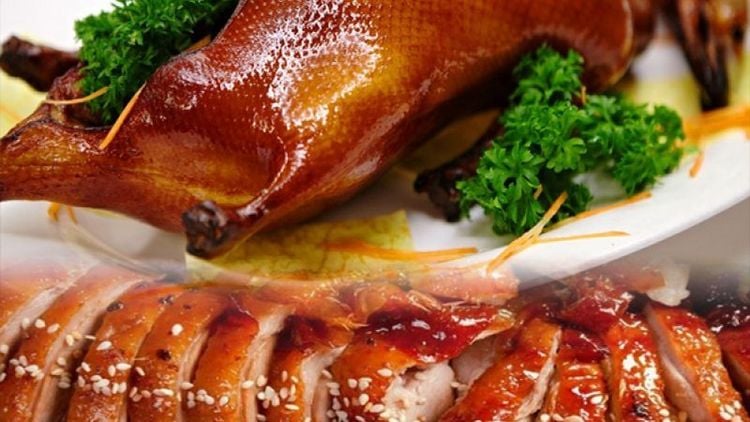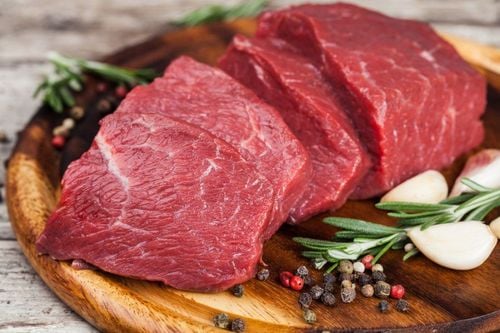Duck meat has become a familiar dish worldwide, especially popular in China and Vietnam. Although it is a rich source of protein and provides various vitamins and minerals in many meals, there is still some confusion about whether duck meat is classified as red or white meat. In this article, let's discuss the differences between red and white meat and how duck meat is categorized.
1. What is White Meat and Red Meat?
From a biochemical perspective, nutritionists typically classify meat as white or red based on its myoglobin content. Myoglobin is a protein found in animal muscle tissue that binds to oxygen molecules. When myoglobin interacts with oxygen, it forms a red complex, which gives meat its red color. Higher myoglobin levels are found in meats such as beef and lamb. This is the reason why they are categorized as red meat. On the other hand, some poultry meats, like chicken, contain lower amounts of myoglobin and are classified as white meat.
In addition to myoglobin, other factors can also influence the color of meat. Meat from older animals, as well as meat exposed to oxygen without vacuum packaging, tends to appear darker. Similarly, cuts from muscle areas that require more oxygen may have a deeper red color. This explains why chicken thighs and legs are darker than chicken breasts.
2. Which Category Does Duck Meat Belong To?
According to the United States Department of Agriculture (USDA), duck meat is classified as white meat. Poultry, including two-legged animals such as chicken, turkey, and duck, is generally considered white meat. In contrast, four-legged livestock like beef, pork, and lamb are scientifically categorized as red meat.
However, even though duck meat falls into the same category as chicken and turkey, it tends to have higher myoglobin levels and a darker color. This is because ducks are capable of flying and actively use their breast muscles, whereas chickens and turkeys do not. As a result, duck meat appears darker than chicken breast and is more comparable in color to chicken or turkey thighs and legs. However, it is not as dark as beef or lamb.

3. The Unique Culinary Aspects of Duck Meat
In traditional culinary practices, meat that remains dark when cooked is often considered red meat. Based on this definition, duck meat can be classified as red meat in the kitchen. In fact, similar to beef, duck is often prepared medium-rare and served with a slightly pink center in restaurants. Additionally, due to its higher fat content, duck meat has a richer flavor compared to chicken and turkey. Despite this, it remains a nutritious source of protein that can be incorporated into a balanced diet in moderation. A skinless duck breast (95g) provides 22 grams of protein, 190 calories, along with various vitamins and minerals. However, it is important to note that the USDA recommends cooking duck to an internal temperature of 165°F (74°C), similar to chicken. When fully cooked, duck meat tends to lighten in color.
Since the classification of duck meat is not based on strict scientific criteria but rather on its color when cooked and served, not everyone considers it red meat from a culinary perspective.
If you have any questions related to the topic of nutrition for the body that need a doctor's advice, you can leave a question in the ASK VINMEC DOCTOR section directly on the hospital's website. Your question will be sent to the doctor and you will receive advice as soon as possible!
To arrange an appointment, please call HOTLINE or make your reservation directly HERE. You may also download the MyVinmec app to schedule appointments faster and manage your reservations more conveniently.
Reference source: healthline.com
To arrange an appointment, please call HOTLINE or make your reservation directly HERE. You may also download the MyVinmec app to schedule appointments faster and manage your reservations more conveniently.








